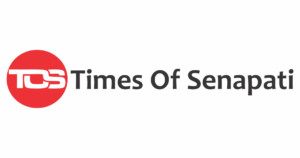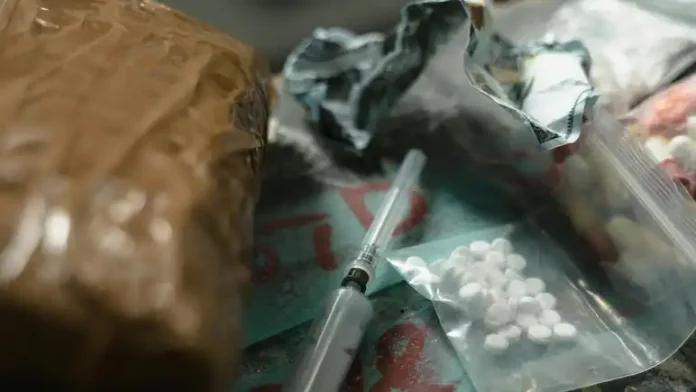Shillong, August 11: A recent study has revealed that drug use among Meghalaya’s youth can begin as early as age 10, significantly younger than in neighbouring states like Manipur and Nagaland, where the average initiation age is 22. Published in the Indian Journal of Public Health (April–June 2025 edition), the research was conducted by the Indian Institute of Public Health, Shillong, in collaboration with the Meghalaya AIDS Control Society.
Surveying 128 individuals enrolled in opioid substitution therapy and 17 service providers across East Khasi Hills, West Jaintia Hills, and East Jaintia Hills, the study found the mean age of drug initiation to be 19. Alarmingly, over one-third of respondents began using drugs as minors, and a quarter while still in school.
More than 91% of users were male, with 80% working in the unorganised sector and over half having less than 10 years of schooling. Heroin emerged as the most commonly injected drug, with users spending between ₹500 and ₹2,000 daily—sometimes reaching ₹2,500. High-potency heroin variants, known locally as “black tiger” and “double tiger,” were reported as particularly addictive.
Curiosity, family problems, peer pressure, and stress relief were cited as key factors driving initial use. The study noted that access to drugs is “easy,” often through local marketplaces and mobile-based transactions. Once initial peer sharing ceased, many users turned to borrowing or stealing money to fund their addiction.
Researchers warned that early initiation dramatically increases the risk of long-term dependency and linked the trend to the breakdown of traditional community support systems. While polydrug use was rare, many users eventually transitioned from pills or marijuana to heroin.
The report urges urgent outreach in schools and community spaces to prevent early initiation and address the growing drug crisis in the state.

